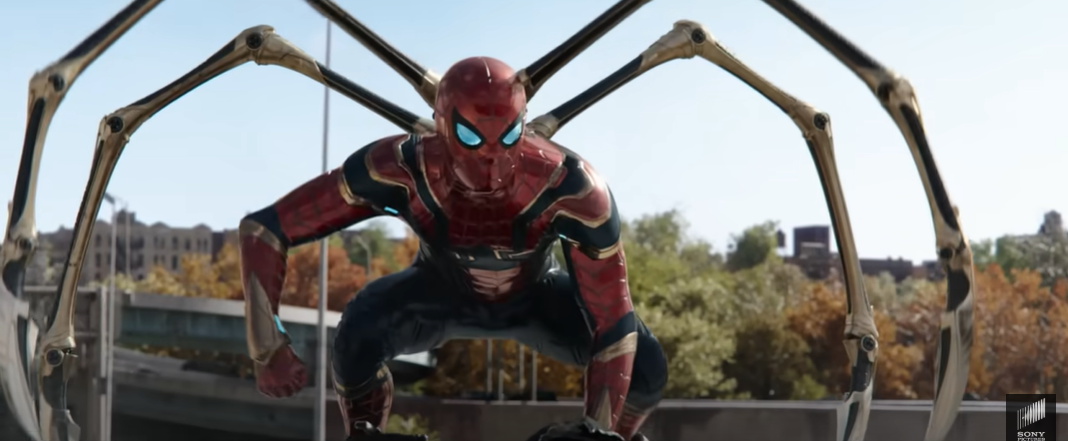1.1.2 Der einfache Stromkreis Teil 2
In diesem Video zeige ich dir, wie du das Wasserkreismodell aus Teil 1 auf den elektrischen Stromkreis übertragen kannst. Außerdem erkläre ich den Unterschied zwischen Strom und Spannung.
Anschauliche Simulation eines einfachen Stromkreises:
https://phet.colorado.edu/sims/html/circuit-construction-kit-dc/latest/circuit-construction-kit-dc_de.html
Video Summary & Chapters
No chapters for this video generated yet.
Video Transcript
Welcome to part 2 of the tutorial on the simple circuit.
I just showed the experiment with the funnel and the hose and I will make the analogy to the simple circuit.
First I will show you the electrical circuit, as it could look in the simplest case.
It consists of three things, namely an energy source or a voltage source.
I'll label it. This is the voltage source.
A so called consumer.
In our example here is the switch for a lamp.
It could be something else.
In the end every device that is operated, that can be plugged into the socket, is a consumer.
In our example here is a lamp.
So in general a consumer.
And to connect the voltage source with the consumer I need a connection line.
Now I have a little bit of a switch here, I take the so-called switch.
Well, with that I can keep the circuit as much as I want, separate and interrupt.
At this point here a switch.
So, and now it is interesting for us to first distinguish the two very important terms, voltage and current from each other.
And to do that, let's think again about what happened in the experiment.
So we had the funnel and the hose at first, I have it here again
recorded and we have the water mirror here at the beginning and the hose end
kept the same height. What happened? Actually nothing. In the hose
water has accumulated, that's what's left, but then nothing else
happened. So and then I went and have the funnel
kept higher than the hose end, so I have for a height difference
I draw it up. This is the water level of the funnel.
This is the end of the hose. These are the height lines.
I have calculated a height difference.
The water level was at a different height than the end of the hose.
I draw it up.
The height difference is called delta H.
Let's take an example.
From my point of view, the hose was 2 meters high, then the end of the hose was 1 meter high.
And what we call height difference here, we call in the electrical circuit as electrical voltage.
Only that we do not speak of a height difference, but of a charge difference between the positive and negative charges.
We can see this by a voltage value from plus to minus.
The voltage is U.
Let's see what happens.
I have kept both at different heights and the water from the funnel has flowed to the end of the hose.
So the water, I'll put this river trap in here, from there to the hose end.
and then came out here what happens so in the electric circuit
transfer well as soon as I close the switch
flows charges from plus I draw the switch as closed
a I have to close the switch first, it is closed from plus over the
to the minus pole of the voltage source.
In the experiment the flowing water was of course just finally, because I only had a certain water level in the funnel.
You have to imagine, as long as the voltage source is charged,
as long as the battery is charged, this height difference and this water level here will be maintained,
so that water flows from top to bottom.
So again, the height difference in our water cycle corresponds to the voltage in our current cycle.
So I have to worry about a height difference first, that's the cause.
I need a voltage source first so that a current flows from top to bottom or from plus to minus.
Video Summary & Chapters
No chapters for this video generated yet.
Video Transcript
Welcome to part 2 of the tutorial on the simple circuit.
I just showed the experiment with the funnel and the hose and I will make the analogy to the simple circuit.
First I will show you the electrical circuit, as it could look in the simplest case.
It consists of three things, namely an energy source or a voltage source.
I'll label it. This is the voltage source.
A so called consumer.
In our example here is the switch for a lamp.
It could be something else.
In the end every device that is operated, that can be plugged into the socket, is a consumer.
In our example here is a lamp.
So in general a consumer.
And to connect the voltage source with the consumer I need a connection line.
Now I have a little bit of a switch here, I take the so-called switch.
Well, with that I can keep the circuit as much as I want, separate and interrupt.
At this point here a switch.
So, and now it is interesting for us to first distinguish the two very important terms, voltage and current from each other.
And to do that, let's think again about what happened in the experiment.
So we had the funnel and the hose at first, I have it here again
recorded and we have the water mirror here at the beginning and the hose end
kept the same height. What happened? Actually nothing. In the hose
water has accumulated, that's what's left, but then nothing else
happened. So and then I went and have the funnel
kept higher than the hose end, so I have for a height difference
I draw it up. This is the water level of the funnel.
This is the end of the hose. These are the height lines.
I have calculated a height difference.
The water level was at a different height than the end of the hose.
I draw it up.
The height difference is called delta H.
Let's take an example.
From my point of view, the hose was 2 meters high, then the end of the hose was 1 meter high.
And what we call height difference here, we call in the electrical circuit as electrical voltage.
Only that we do not speak of a height difference, but of a charge difference between the positive and negative charges.
We can see this by a voltage value from plus to minus.
The voltage is U.
Let's see what happens.
I have kept both at different heights and the water from the funnel has flowed to the end of the hose.
So the water, I'll put this river trap in here, from there to the hose end.
and then came out here what happens so in the electric circuit
transfer well as soon as I close the switch
flows charges from plus I draw the switch as closed
a I have to close the switch first, it is closed from plus over the
to the minus pole of the voltage source.
In the experiment the flowing water was of course just finally, because I only had a certain water level in the funnel.
You have to imagine, as long as the voltage source is charged,
as long as the battery is charged, this height difference and this water level here will be maintained,
so that water flows from top to bottom.
So again, the height difference in our water cycle corresponds to the voltage in our current cycle.
So I have to worry about a height difference first, that's the cause.
I need a voltage source first so that a current flows from top to bottom or from plus to minus.


 Install Tubelator On Chrome
Install Tubelator On Chrome







